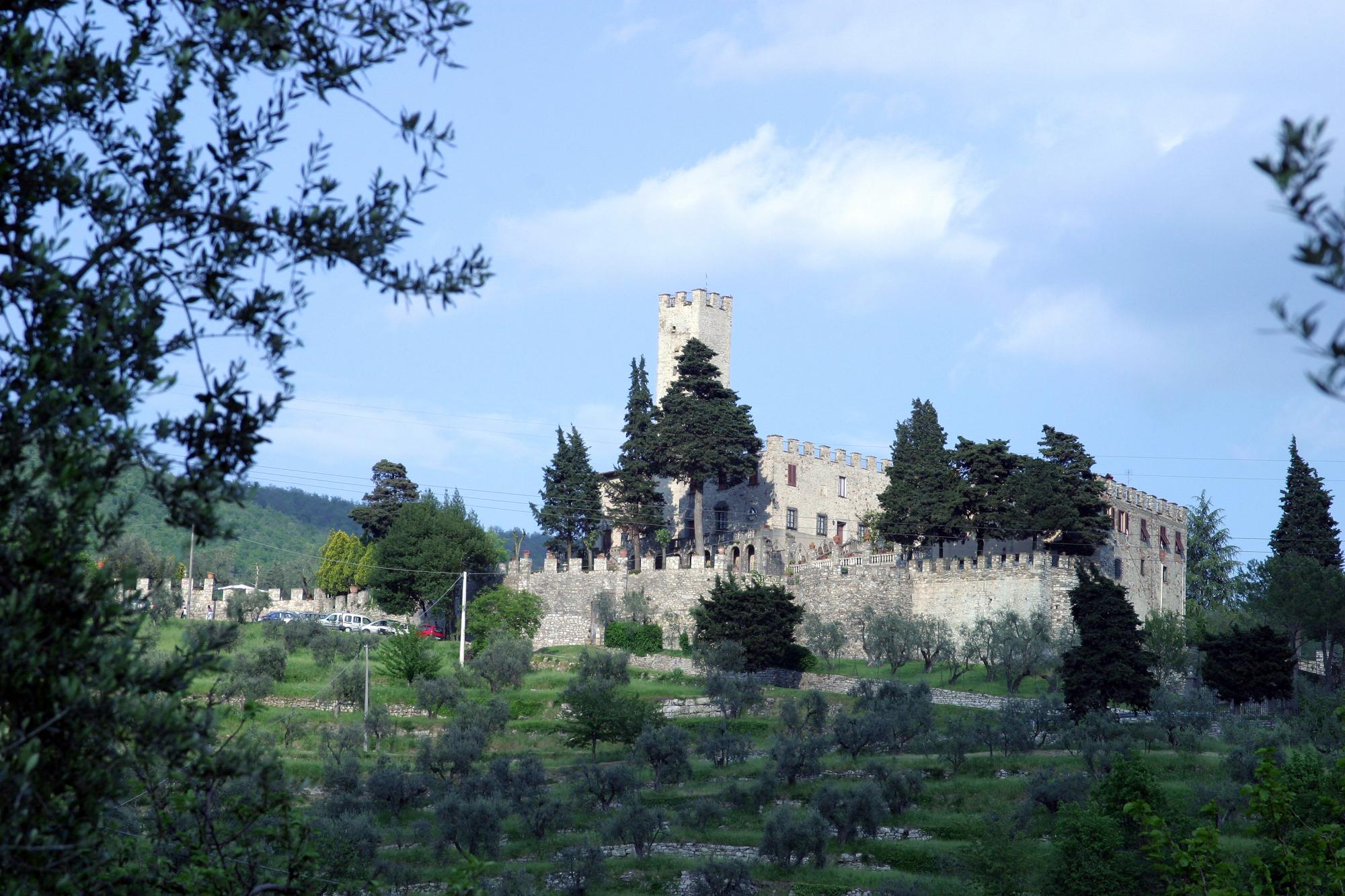
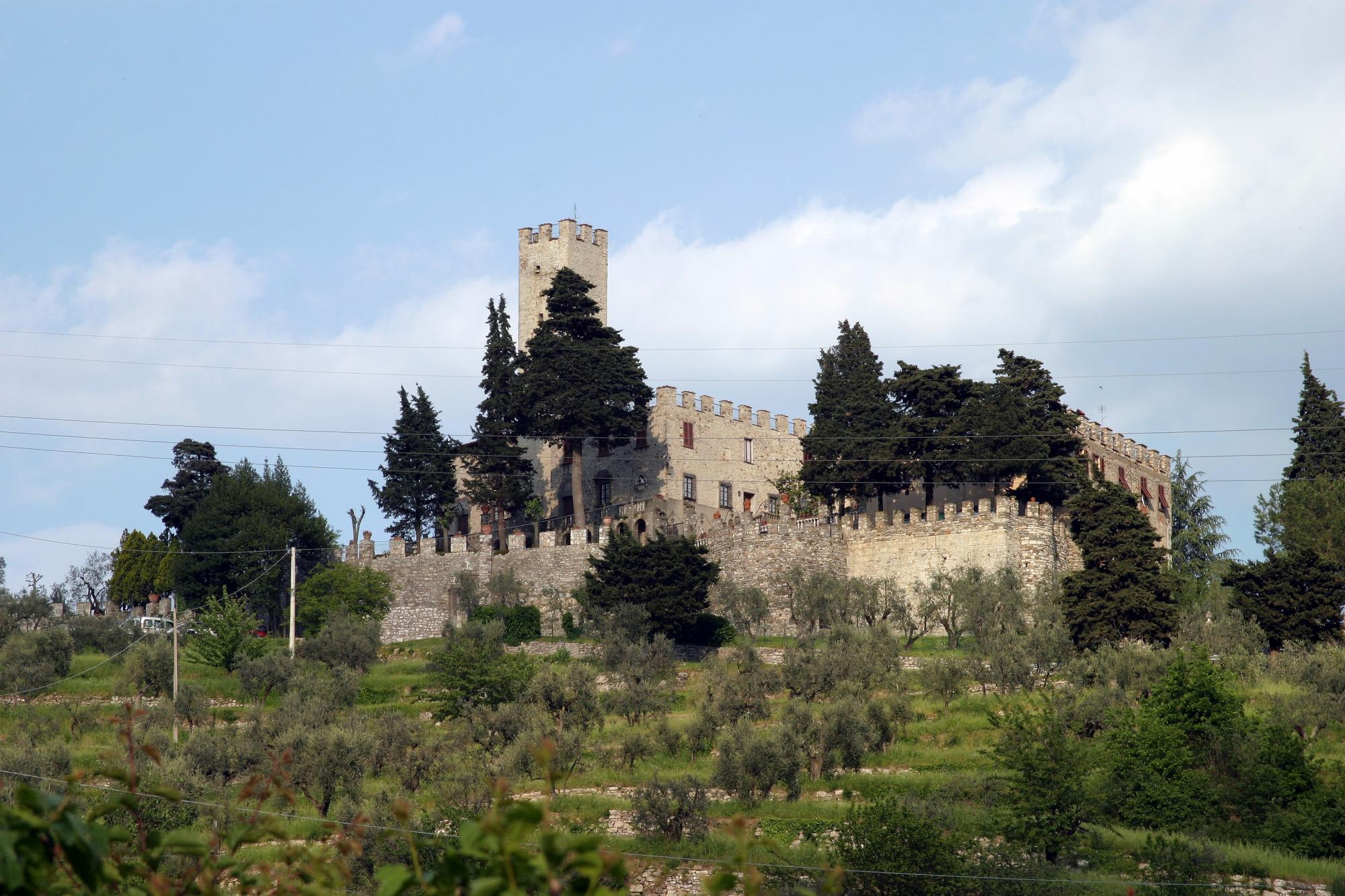
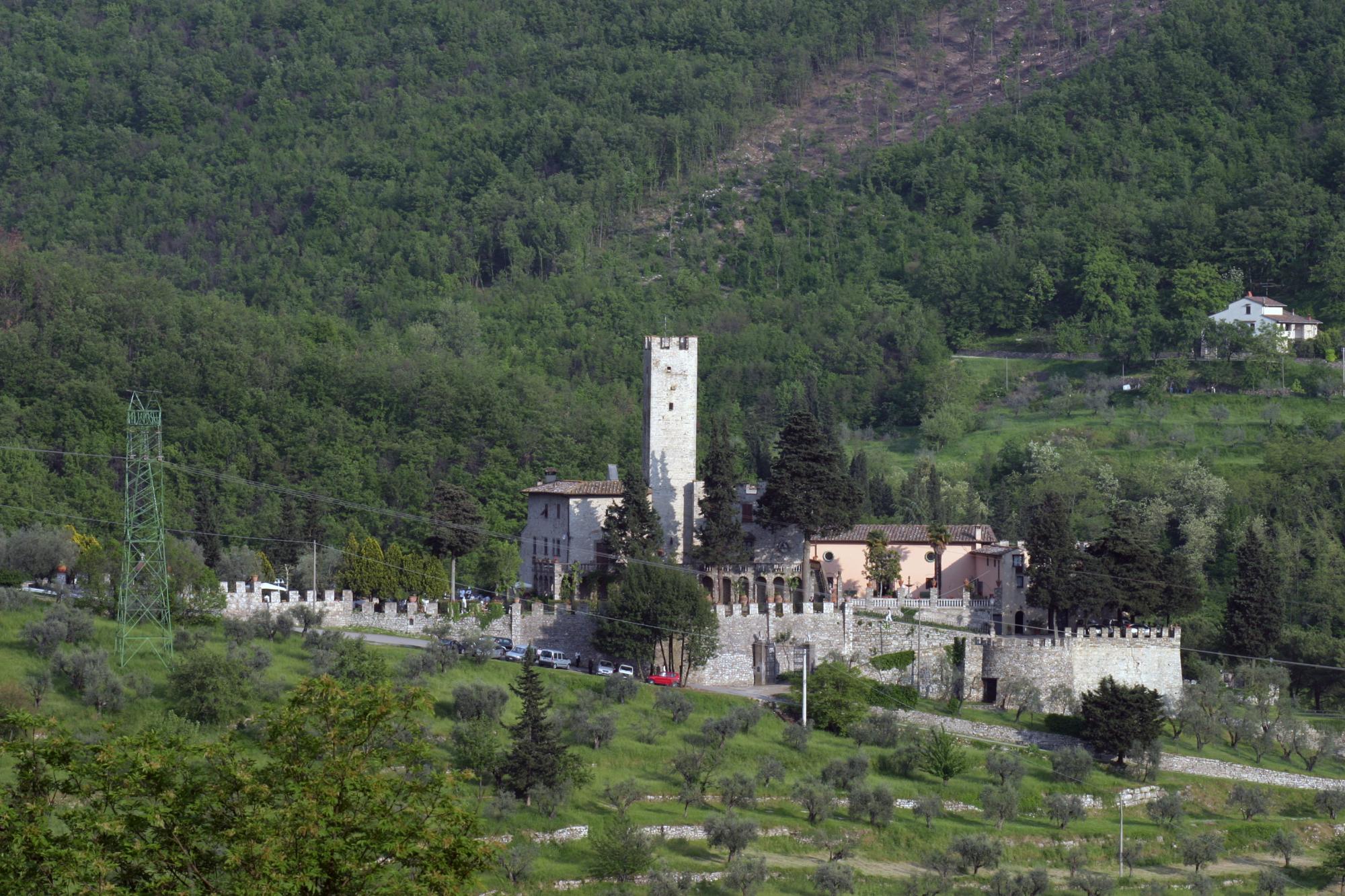
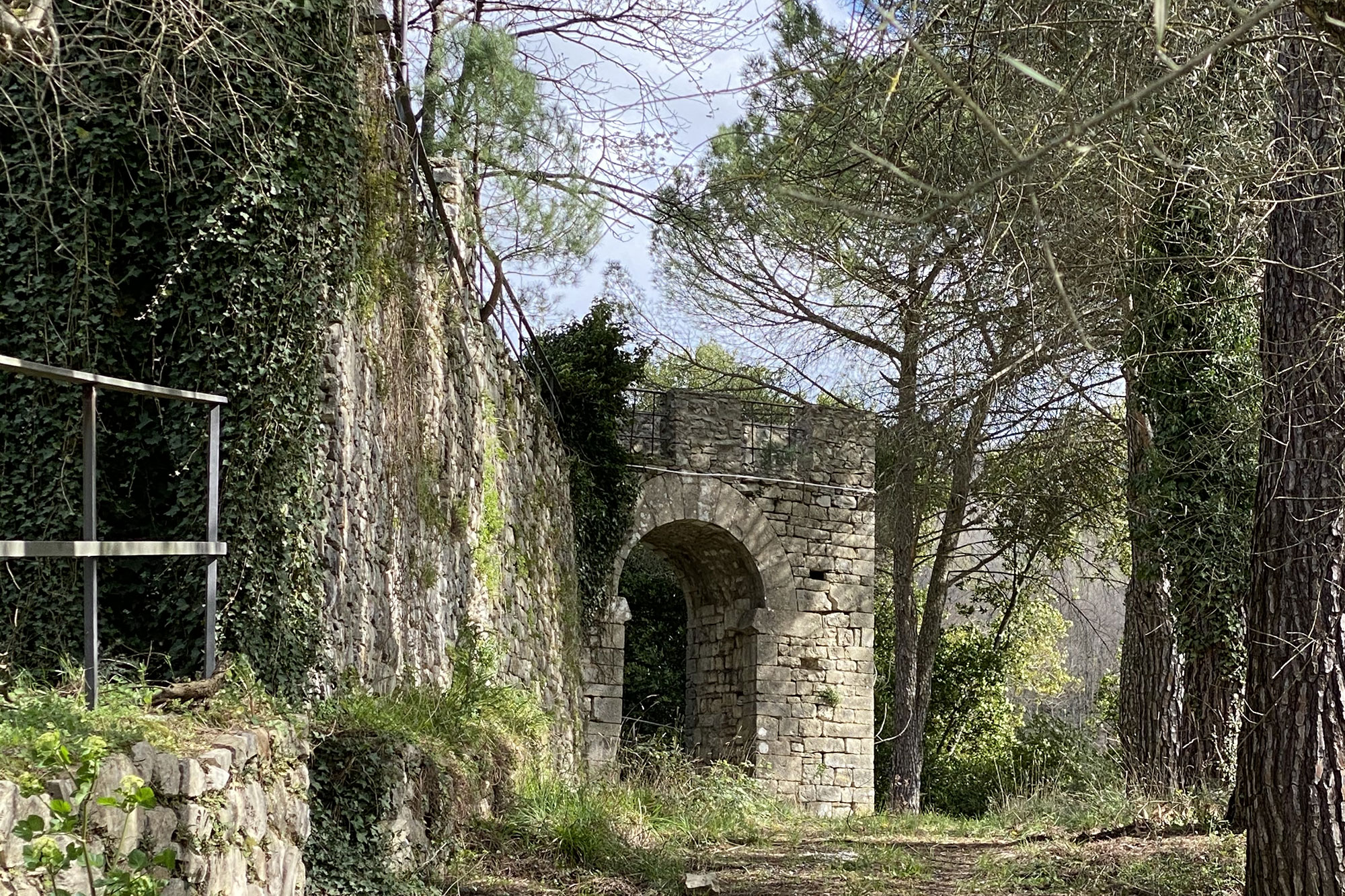
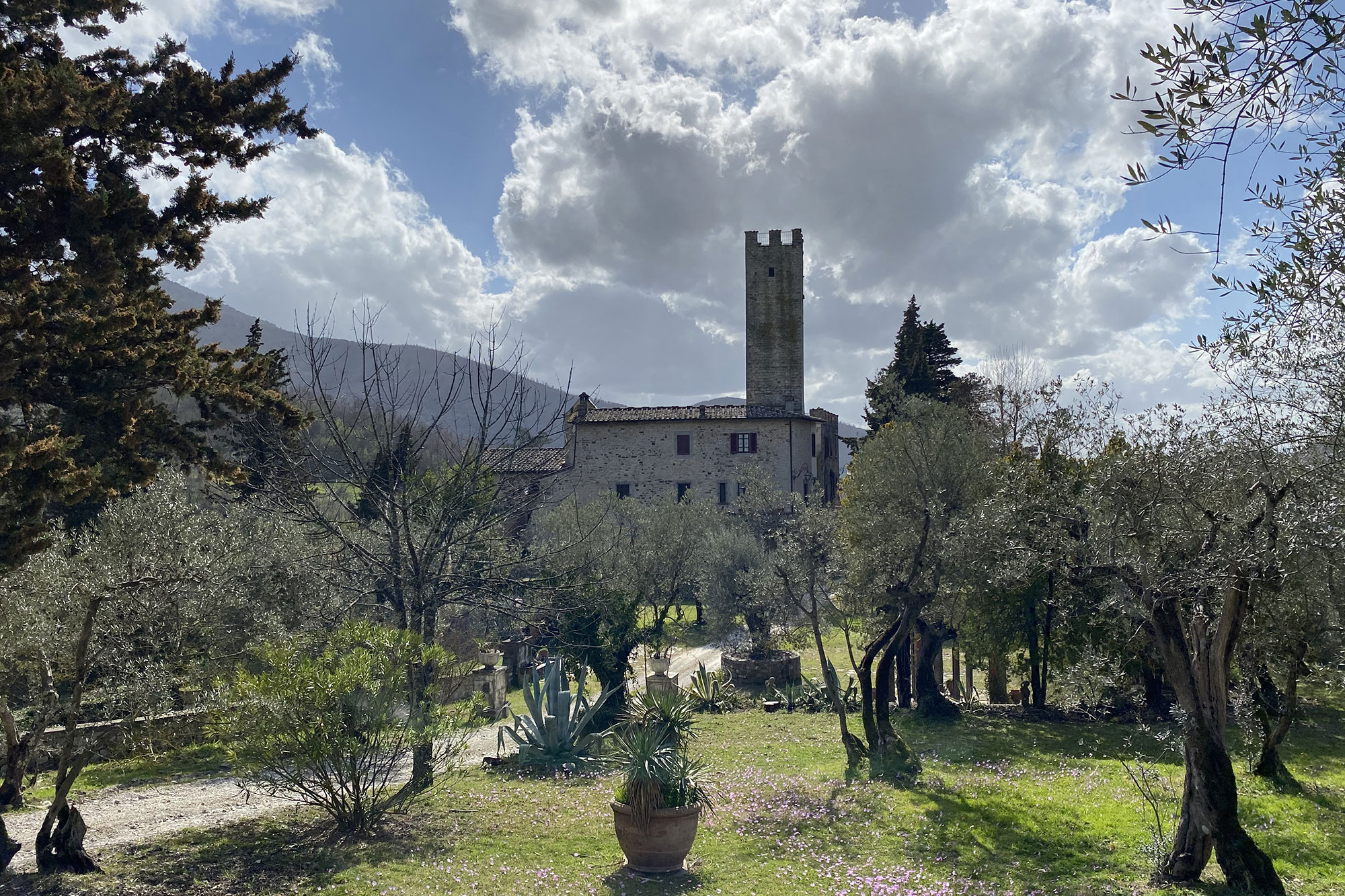
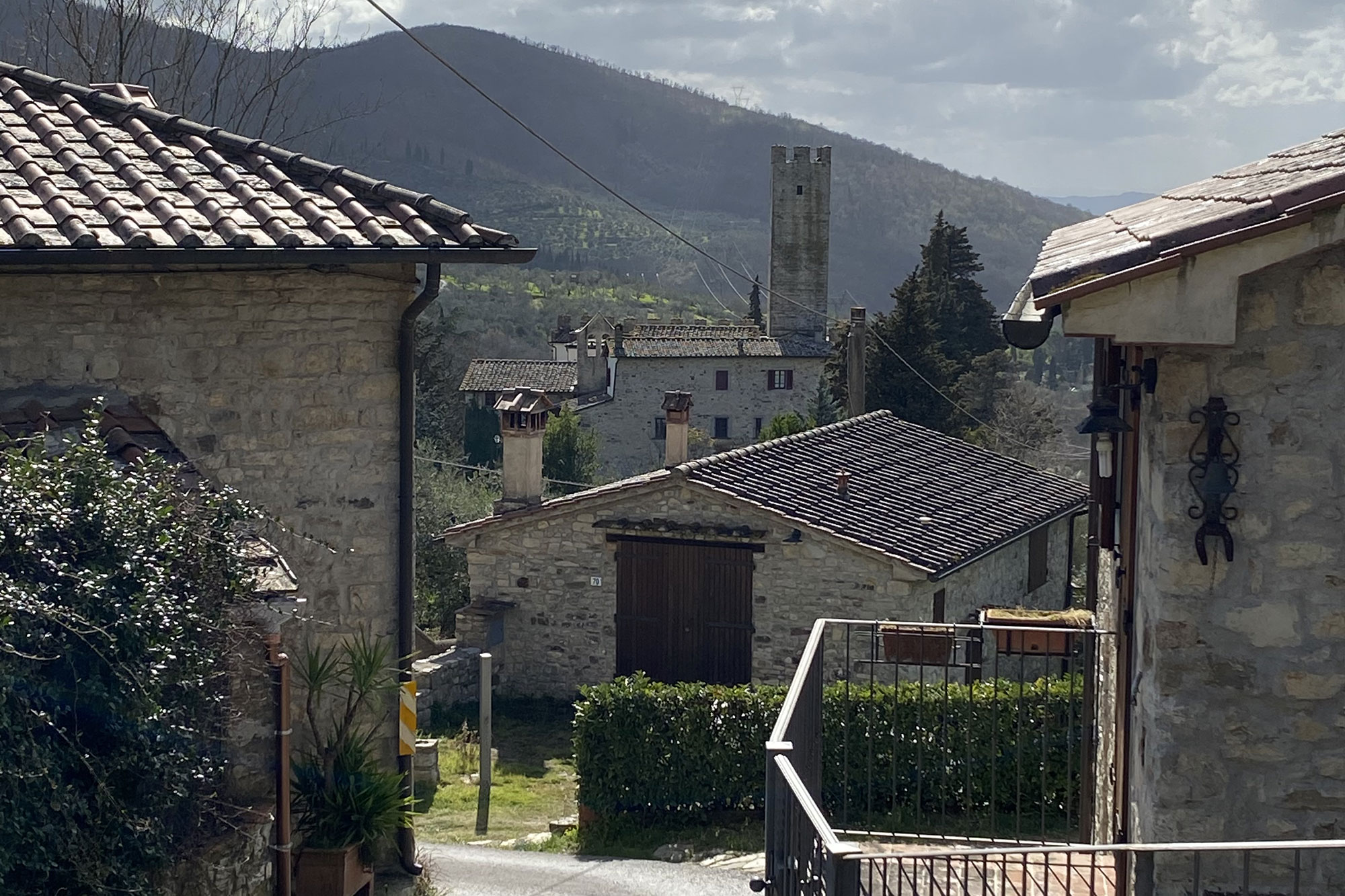
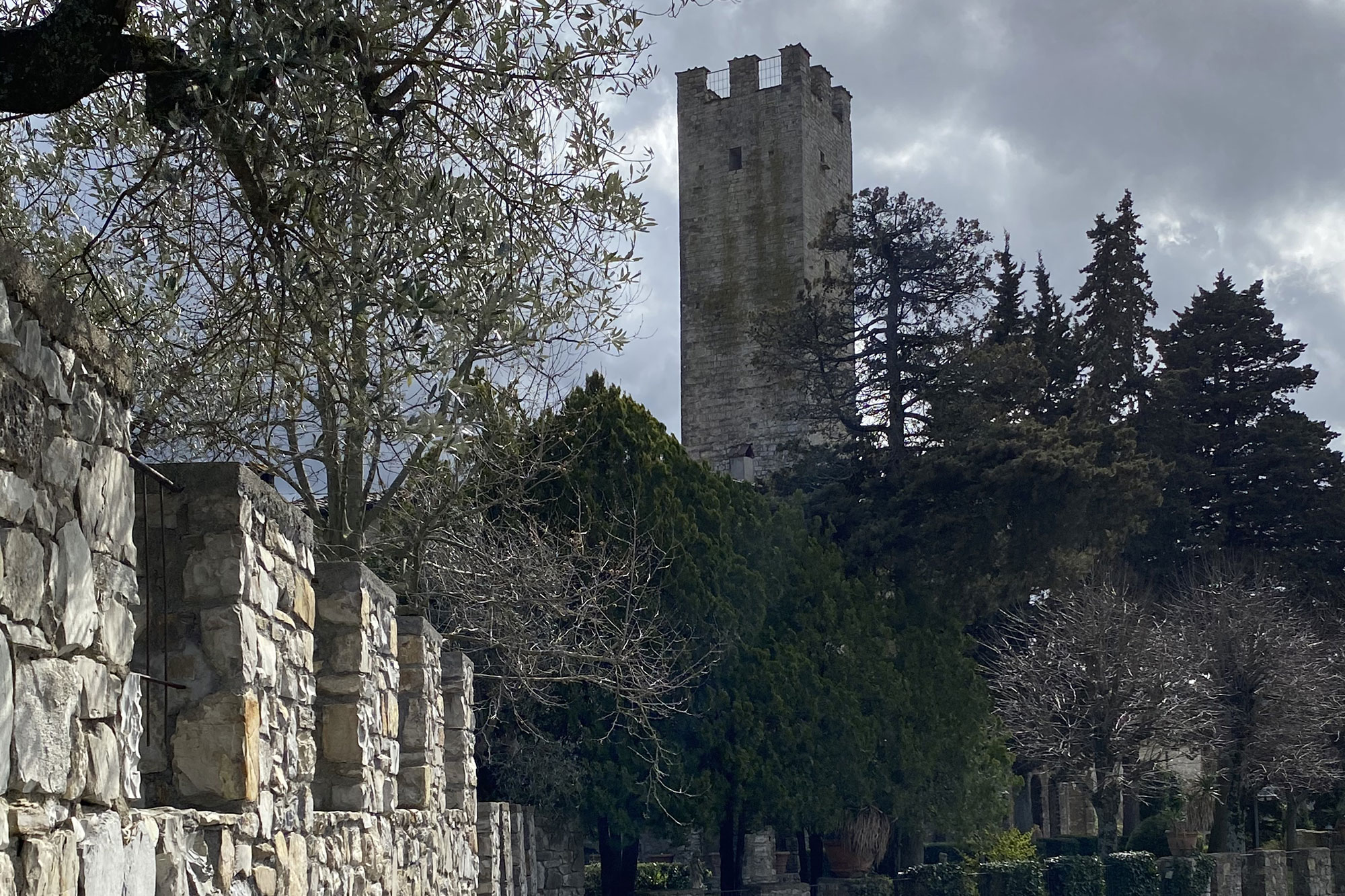
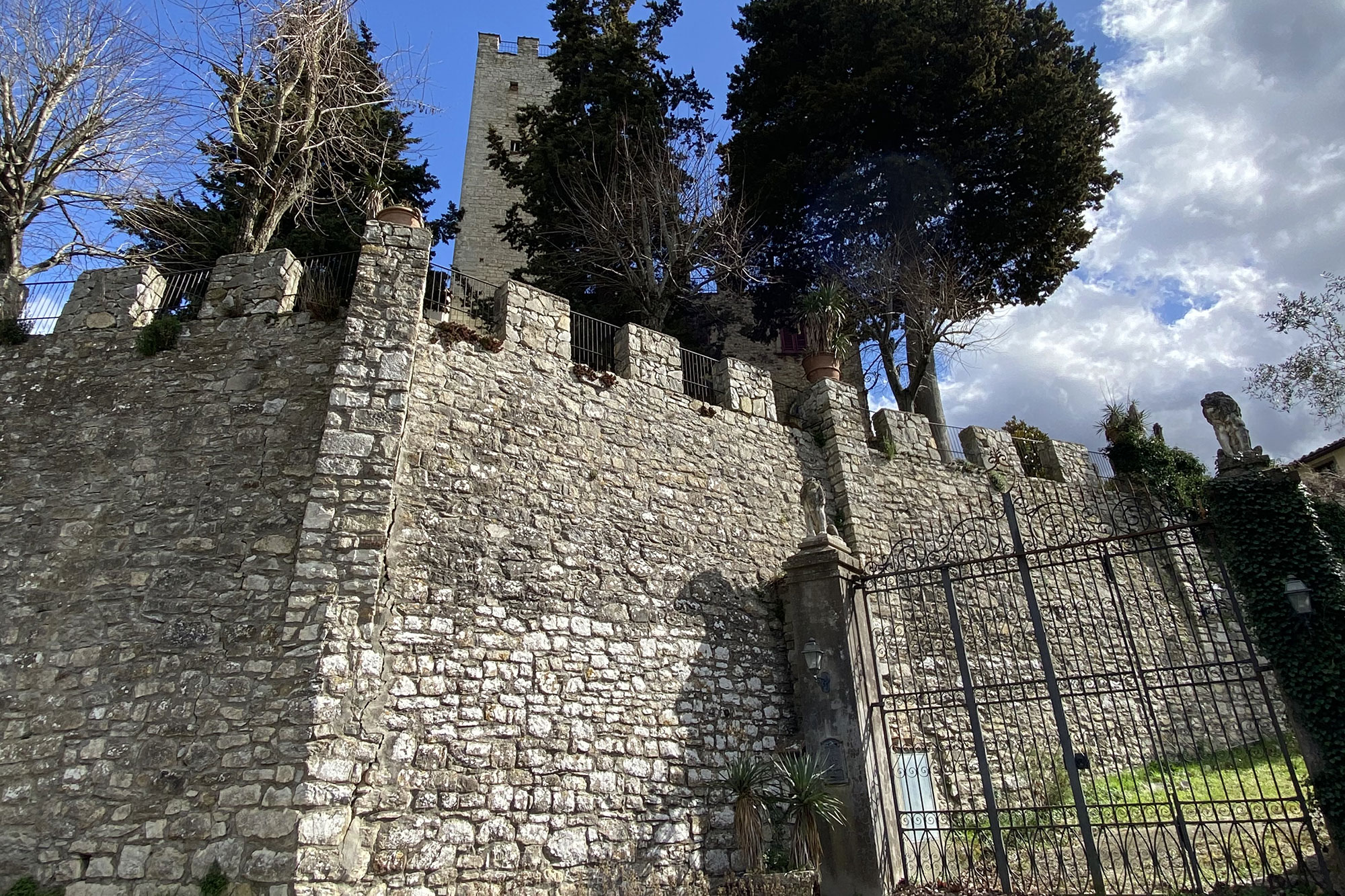
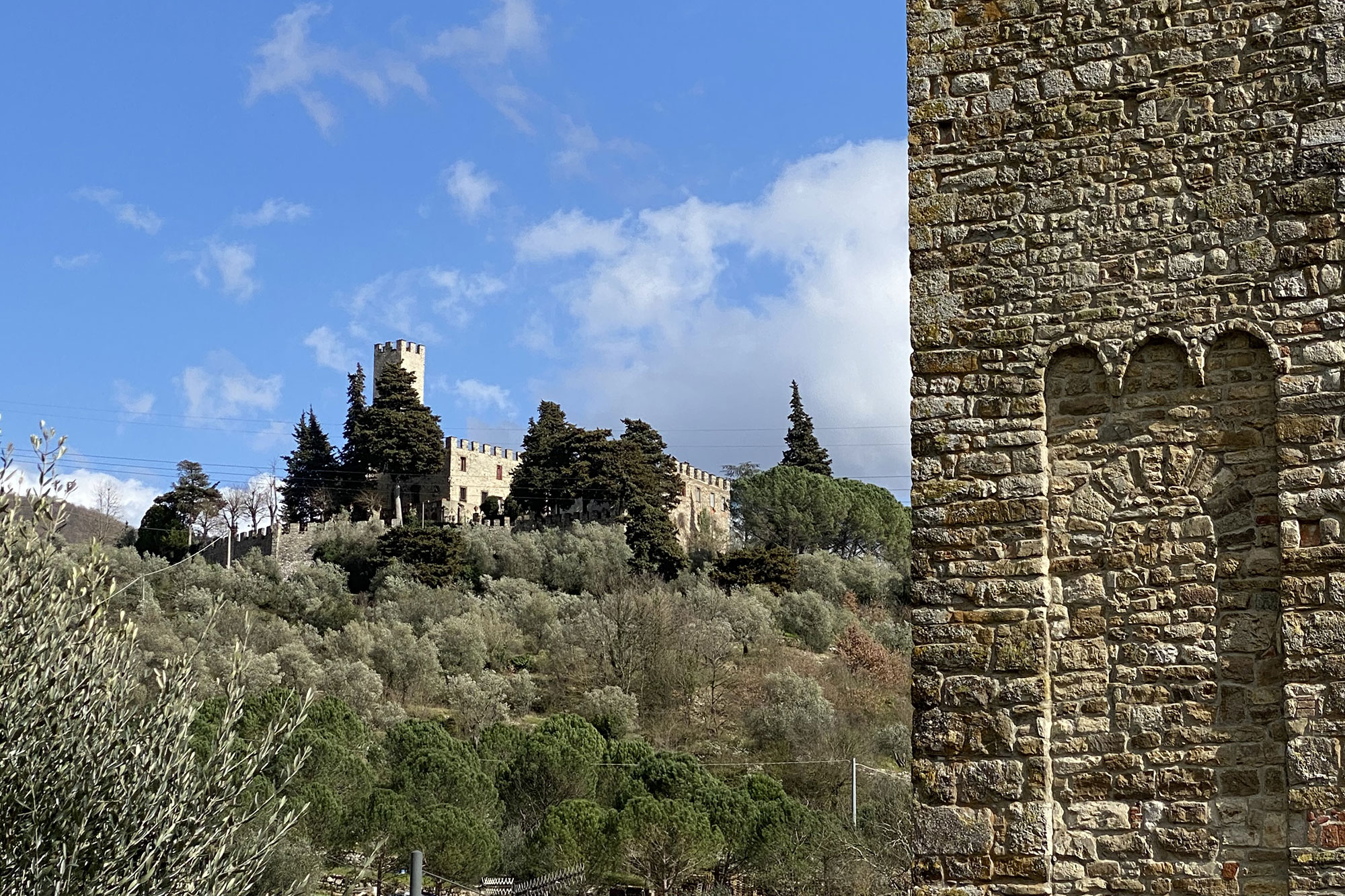









How to reach
Legri Castle is reachable from Calenzano (A1 exit with the same name) following the clear signals.
History
The Castle of Legri overlooks the Marinella valley, from an altitude of 250 meters, and keep a close watch on the ancient road that joins the Marina valley to the Mugello area. The first historical reference dates back to an imperial bull of 1191, which confirmed feudal rights of the Guidi family on the zone, including the Castrum Ligari. In the year 1220, Frederick II confirmed these rights to the Guidi. During the 13th century, the castle lost much of its strategic importance due to the opening of a more convenient passage to Mugello through the Marina valley. This decadence is indirectly confirmed by documents relating to the Guelph-Ghibelline conflict during the 1260s: the castle was not damaged, as was the nearby Castle of Calenzano, but the residents were responsible for supplying bread to the Guelphs army. The inhabitants of Legri worked the adjacent lands and contributed to the continuing vitality of the church of St. Peter, located within the walls.
In a 16th-century document, the Castle of Legri is indicated at the center of St. Peter's parish. A map gives very uncareful indications of the surrounding walls and a more detailed view of the gate facing the valley. The ancient road does not pass through the castle but runs along the walls. The church is prominent at the center of the castle, with the same tower that still today characterizes Legri. In the following centuries, although the structure remained largely intact, the castle became an agricultural residence.
At the beginning of the 19th century, the castle was restored and adapted to serve as the center of his farm. At the beginning of the 20th century. A photo of the 1930's shows the castle with its tall white tower and lower surrounding buildings, but without the decorative battlements that now adorn it. These are part of a great romantic restoration that somewhat modified the castle's appearance. The perimeter walls were enlarged [the original gate is now inside the enclosure] and the northern part of the property was transformed into a romantic garden with statues, fountains and flowers. Today the proprietors reside at the Castle.
More info & notes